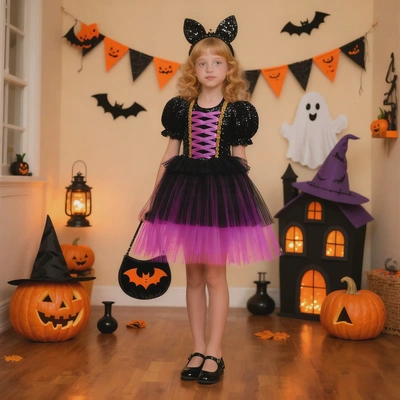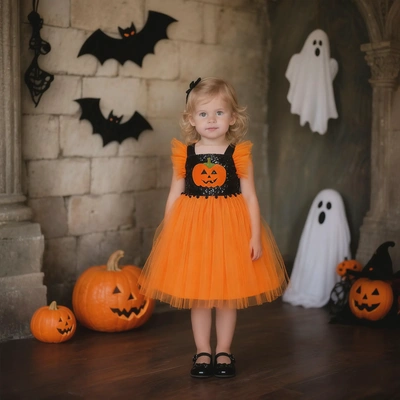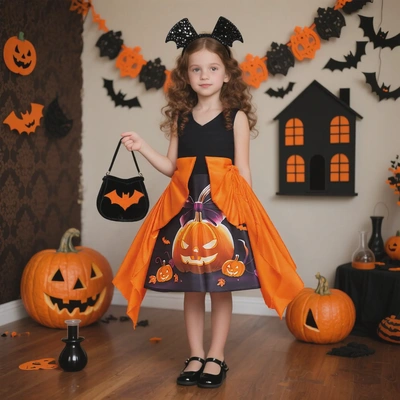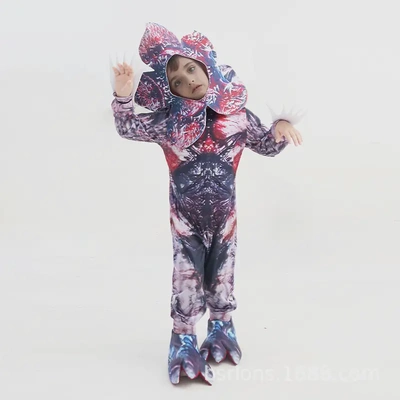Unveiling the Optimal Anime Cosplay Costume Style for Japanese Enthusiasts
1. Introduction
Anime cosplay is deeply ingrained in Japanese pop culture, with fans investing significant effort in creating or choosing the perfect costume. The ideal style of an anime cosplay costume for Japanese fans is influenced by multiple factors, including the popularity of anime series, cultural nuances, and the evolving trends within the cosplay community.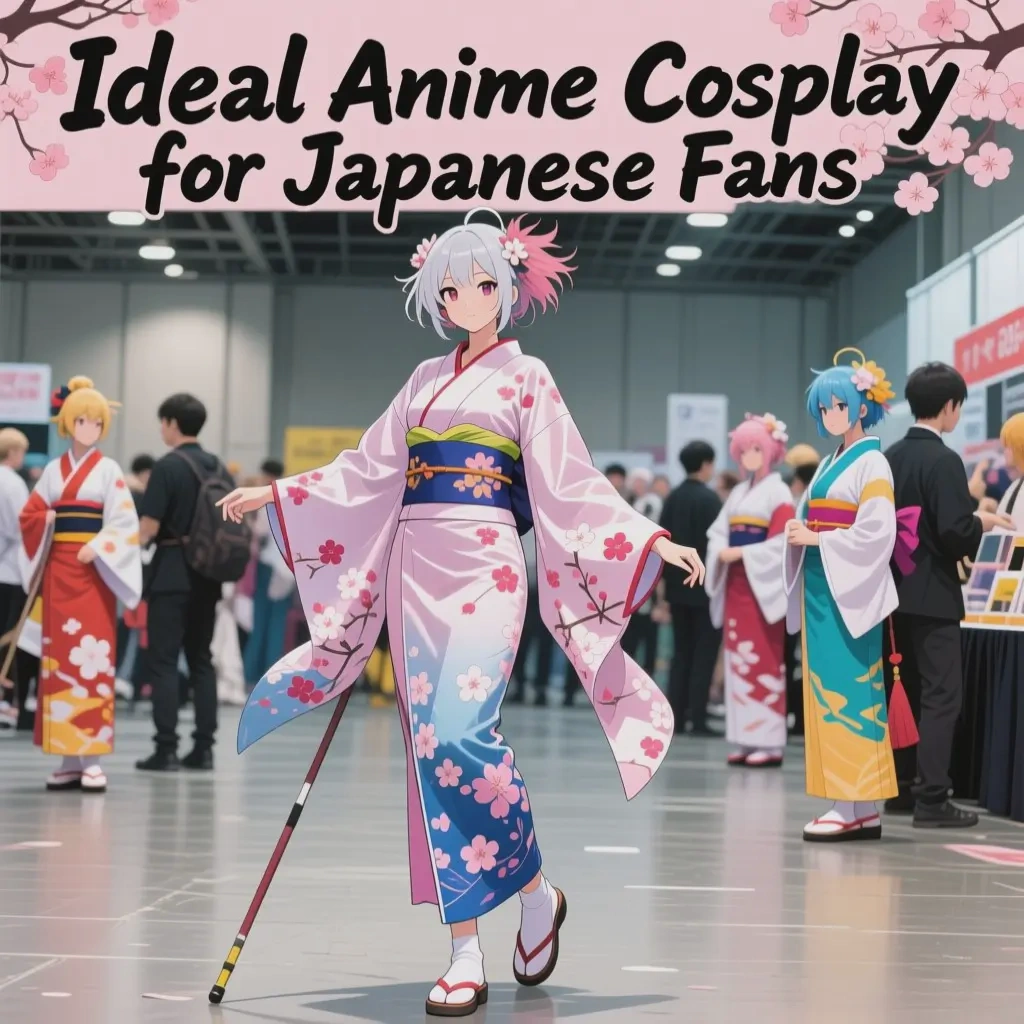
2. Accuracy and Faithfulness to the Source Material
2.1 Precise Replicas
- Japanese cosplayers often strive for high-level accuracy when replicating anime costumes. They pay meticulous attention to details such as the exact color of a character's clothing, the placement of buttons, and the design of patterns. For example, in a cosplay of a character from "Demon Slayer," fans would ensure that the pattern on the kimono-style uniform, like the iconic black and green checkered pattern of Tanjiro's haori, is reproduced with utmost precision. This dedication to accuracy is a nod to the original creators and shows respect for the source material.
2.2 Incorporating Canon Details
- Along with visual accuracy, including details that are part of the character's backstory or in-universe elements is highly valued. If a character has a unique accessory with a special meaning in the anime, like the red ribbon in Inosuke's hair from "Demon Slayer," which is related to his backstory, cosplayers will make sure to include it. These details not only enhance the authenticity of the cosplay but also allow fans to connect more deeply with the character.
3. Cultural and Traditional Influences
3.1 Incorporating Japanese Traditional Elements
- Given Japan's rich cultural heritage, many anime characters' designs are inspired by traditional Japanese clothing and aesthetics. Cosplayers often embrace this by using traditional fabrics and techniques. Kimono-inspired costumes are popular, and cosplayers may choose to use silk or high-quality cotton to mimic the look and feel of traditional kimonos. Additionally, they might incorporate traditional Japanese patterns like cherry blossoms or waves, which are not only visually appealing but also carry cultural significance.
3.2 Respect for Cultural Etiquette
- Japanese fans are also conscious of cultural etiquette when choosing and wearing cosplay costumes. For example, when cosplaying as a character in a traditional Japanese setting, they will ensure that the clothing is worn correctly, following the proper way of tying obis (sashes) or folding sleeves. This respect for cultural norms adds an extra layer of authenticity to the cosplay.
4. Comfort and Wearability
4.1 Functionality for Convention - Going
- Japanese cosplay events, such as Comiket, are large-scale gatherings where fans may spend long hours walking, standing, and participating in various activities. As such, comfort is a key consideration. Cosplay costumes need to be designed in a way that allows for easy movement. For instance, a costume with long, flowing robes may be designed with lightweight materials and strategic cuts to prevent tripping or overheating.
4.2 Adaptability to Different Weather Conditions
- Japan experiences a wide range of weather conditions throughout the year. Cosplayers need to ensure that their costumes are suitable for the season. In summer, breathable fabrics like cotton or linen are preferred to keep cool, while in winter, costumes may incorporate warmer materials or be layered to provide insulation.
5. Creativity and Personalization
5.1 Adding a Personal Touch
- While accuracy is important, Japanese cosplayers also like to add their own creative spin to the costumes. This could be in the form of unique makeup styles, custom-made accessories, or subtle modifications to the costume design. For example, a cosplayer might add a hand-painted detail to a character's weapon or create a unique hairstyle that still maintains the essence of the character but adds a personal flair.
5.2 Participating in Cosplay Competitions
- In Japan, cosplay competitions are popular, and cosplayers often showcase their creativity in these events. They may create innovative interpretations of characters, such as crossover cosplays that combine elements from different anime series or gender - bent cosplays. These creative takes on traditional characters allow cosplayers to stand out and express their individuality.
6. FAQ
Q: Do Japanese cosplayers only focus on Japanese-made anime for cosplay?
A: While Japanese anime is highly popular among Japanese cosplayers, they also cosplay characters from international anime and other forms of media. However, there is a strong affinity for Japanese-produced anime, given its cultural significance and the depth of the fan base in Japan.
Q: How do Japanese cosplayers keep up with the latest cosplay trends?
A: They follow cosplay magazines, online communities, and social media platforms dedicated to cosplay. Cosplay events also serve as a great place to see the latest trends, as cosplayers showcase their new creations. Additionally, they may interact with other cosplayers, share ideas, and learn about emerging styles.
7. Conclusion
The ideal style of anime cosplay costume for Japanese fans is a harmonious blend of accuracy to the source material, respect for cultural traditions, comfort, and personal creativity. This combination allows Japanese cosplayers to not only pay homage to their favorite anime characters but also express their own identity within the vibrant world of cosplay.
Relevant Dofollow Links:
Comiket Official Website: https://www.comiket.co.jp/

